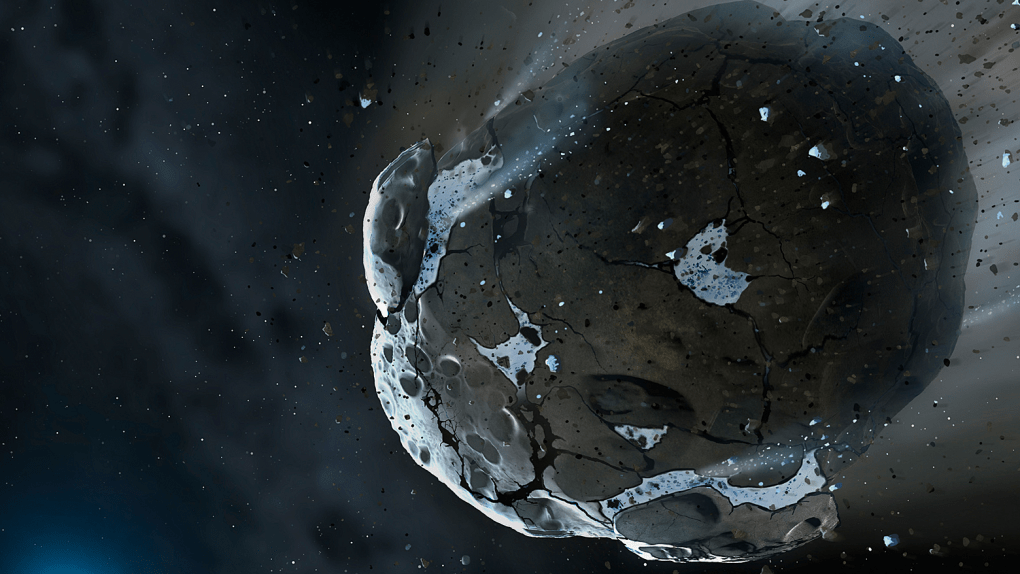For years, big budget science fiction flicks have shown us highly stylized end-of-the-world scenarios involving asteroids. Sometimes the heroes have a plan to avert disaster, and sometimes they don’t, but you can bet that if (more like when) a rogue space rock eventually threatens humans lives, NASA will be on top of it.
This week, NASA, FEMA, and their scientific partners in countries around the world will put decades of research and knowledge to work as they simulate a full-scale asteroid impact scenario. The idea is to test the lines of communication between scientists, government entities, and disaster response teams in a carefully choreographed exercise that could save countless lives in the event of an actual asteroid strike.
The scenario will put the relationships between a variety of organizations including NASA’s Planetary Defense Coordination Office, the ESA’s Space Situational Awareness group, and the International Asteroid Warning Network, all of whom will be relaying information in a coordinated effort during the mock catastrophe.
“These exercises have really helped us in the planetary defense community to understand what our colleagues on the disaster management side need to know,” Lindley Johnson, NASA’s Planetary Defense Officer, said in a statement. “This exercise will help us develop more effective communications with each other and with our governments.”
The fictional event will play out as close to a real-world asteroid strike as possible, with astronomers “tracking” the imaginary rock’s path towards Earth. The scenario will come to a head when the scientific bodies discover the faux space rock has a one percent chance of hitting Earth, which is the minimum allowance for a planetary defense effort to be initiated.
NASA and its partners will then coordinate disaster relief efforts while hashing out plans for mission that could push the asteroid off course and prevent the impact altogether.
Tests like this one might seem a bit silly — scientists wringing their hands over an imaginary asteroid that exists only on paper — but think of it like a fire drill. You never know how a plan will play out until you see it in action, and exercises like this one could one day save many lives.








